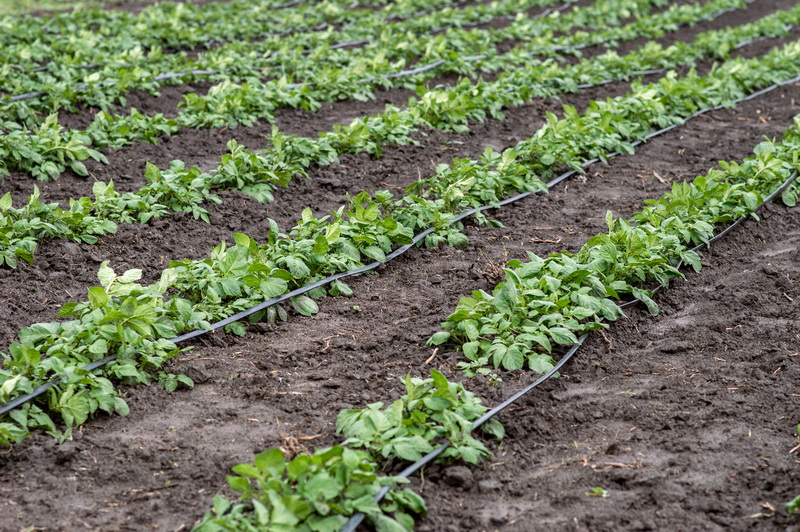#DripIrrigation #PotatoFarming #WaterConservation #SustainableAgriculture
As climate change continues to impact weather patterns and water resources around the world, farmers are increasingly turning to innovative irrigation techniques to optimize crop yield and conserve precious water resources. Drip irrigation is one such technique that has gained popularity among potato farmers due to its ability to deliver water directly to the roots of plants with minimal water loss.
Drip irrigation for potatoes involves the slow and steady application of water directly to the roots of the potato plants through a system of drip lines or emitters. This technique ensures that water is delivered where it is needed the most, reducing the risk of evaporation and runoff. Additionally, drip irrigation allows for precise control of water application, which can help prevent overwatering and reduce the risk of water-related diseases.
In addition to its water efficiency benefits, drip irrigation has been shown to improve crop yield and quality in potato farming. By providing a consistent and precise supply of water to the plants, drip irrigation can help promote healthy root development, enhance nutrient uptake, and increase yield potential. Furthermore, drip irrigation can help improve soil structure and reduce erosion, leading to long-term benefits for soil health and crop productivity.
While drip irrigation for potatoes requires an initial investment in equipment and installation, the long-term benefits in terms of water efficiency and crop yield can be significant. As more farmers turn to sustainable and efficient irrigation techniques like drip irrigation, we can hope to see positive impacts on water conservation and food security around the world.


